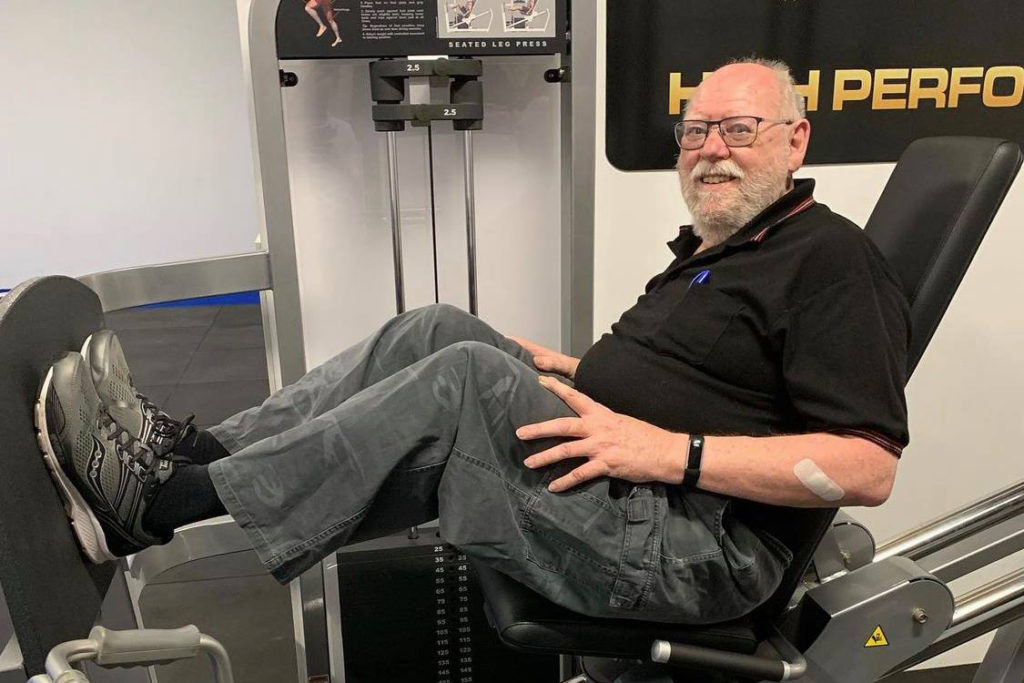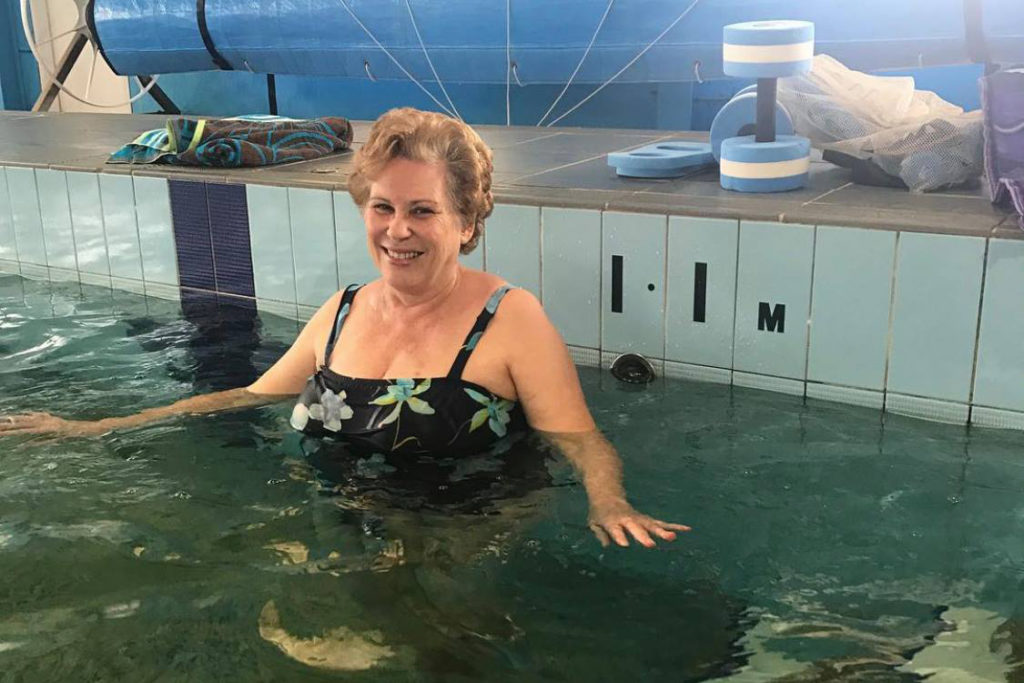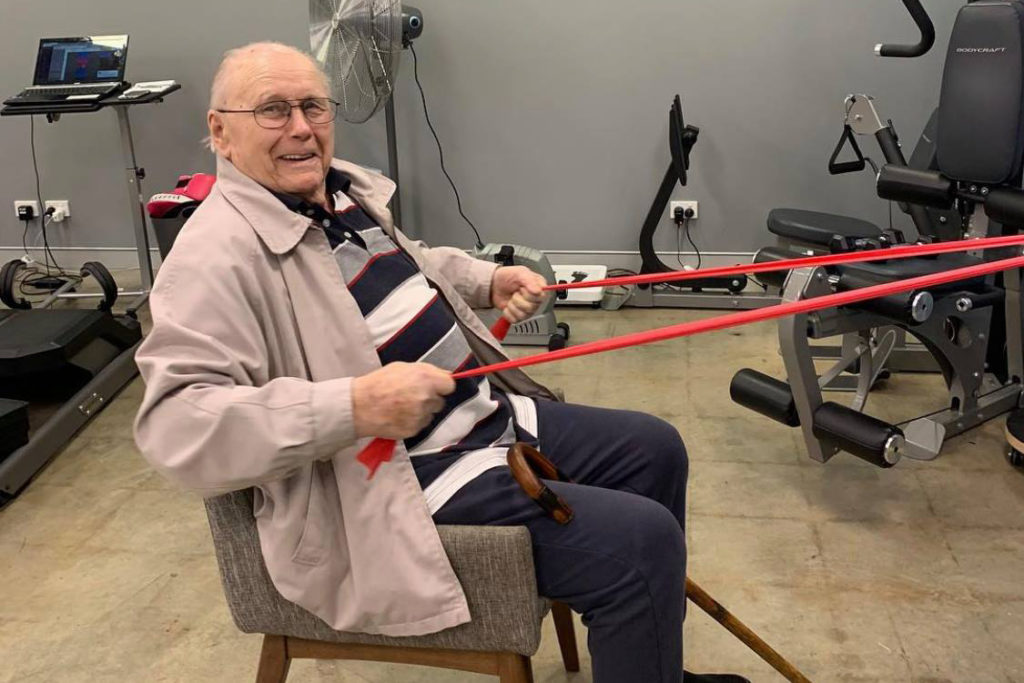4 Things you Need to Know About Osteoarthritis



1. Osteoarthritis affects 2.2 million Australians.
Osteoarthritis is one of the most common chronic conditions in Australia. It is a condition that involves the gradual reduction in cartilage health of an entire joint. Cartilage is the protective cushion between the bones and when this breaks down, it can cause pain & stiffness in the joint. Over time other structures may also be affected, this can include:
- Deterioration of the ligaments and muscles supporting the joints
- Bony spurring on the surface of the joint
- Inflammation of the tissue around the joint
- Fluid build up in the joint
The most common joints to be affected by osteoarthritis are our hips, knees, and hands, with hips and knees causing the most pain due to their weight-bearing load. Fundamentally osteoarthritis causes chronic pain, reduces physical function, causes muscle wastage, and diminishes the quality of life.
People with osteoarthritis are frequently provided misinformation via friends, family, social media, and other health professionals. Exposure to misinformation changes the decisions people make in relation to their health care and it is our responsibility as physiotherapists to address the misinformation about arthritis.
It is important to note that osteoarthritis is different from osteoporosis. Osteoporosis is a condition where the bone mineral density is decreased causing the bones themselves (not the joint) to become fragile.
2. Don’t stop exercising
Appropriate exercise is strongly encouraged for OA patients. Due to the pain associated with osteoarthritis, most people feel that exercise will make their pain worse and therefore opt to rest from exercise.
Our joints need movement and exercise to stimulate repair and keep them strong. It is important to understand why exercise helps osteoarthritis and what exercise you should do to improve your symptoms.
Research has found that land-based exercise is the most dominant non-pharmacological intervention recommended for the treatment and management of osteoarthritis. Exercise is implemented to help improve joint range of motion, improve joint stability and muscle strength in the surrounding areas and help with weight loss.
A structured progressive strength training program that targets muscle hypertrophy will help to improve function and decrease pain, particularly in load-bearing joints such as the hips and knees.
Swimming is a great way to get started on an exercise program if pain levels are too high initially. Swimming can help to increase strength in a non-weight-bearing environment before moving to a land-based exercise program.
Advice to rest for a short period of time after a flare-up of pain may be appropriate. However, advice to avoid activity in many cases is misdirected and can potentially be harmful. Inactivity and rest makes the pain and osteoarthritis worse, not better, in the longer term.
3. Weight is the biggest modifiable factor.
Weight is the biggest modifiable to decrease pain associated with osteoarthritis. Being overweight impacts how much weight the joint has to sustain with each step taken; particularly with the hips and knees. Each additional kilogram of body mass increases the compressive load placed on the knee by roughly 4 kilograms. Evidence-based research suggests decreasing pain; the target weight loss percentage is 7.7% of total body weight.
Some patients may find it hard to exercise to lose weight as they have pain associated with their osteoarthritis. This is why a healthy diet is strongly encouraged for people with osteoarthritis trying to lose or maintain their weight.
Patients with osteoarthritis should consider seeing a Dietician or Nutritionist for guidance on foods that can assist with their weight loss or weight maintenance.
Low impact activities such as swimming, pool walking, or cycling are also great options for patients who struggle to exercise due to pain.
4. Imaging findings do not always dictate disability and pain
A large body of current research indicates that pain and damage reported on MRI and X-ray is poorly related to arthritis – in particular arthritis of the knee. Pain is actually our brain’s response to a perceived threat, which motivates us to be protective. Education for patients in understanding the main drivers of their pain is a key component in our treatment processes.
This is why conservative treatment is always encouraged prior to surgical intervention. Many patients get great pain reduction in pain & restoration of function with conservative intervention.








